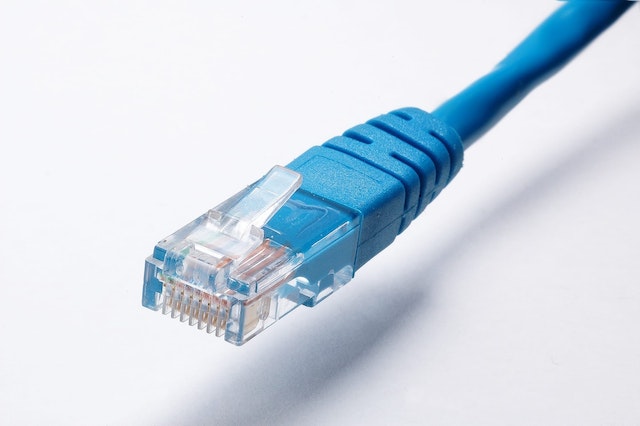In the world of connectors, where advanced technologies are constantly evolving, it’s easy to overlook the enduring importance of classic designs. One such connector that has stood the test of time is the D-sub connector. Also known as the D-subminiature or D sub connector has been a mainstay in electronics for decades. In this blog, we’ll explore the history, design, applications, and enduring relevance of the D-sub connector.
A Brief History
The D-sub connector’s history dates back to the mid-20th century. It was first developed by Cannon (now part of ITT Corporation) in the 1950s. The “D” in its name is derived from its distinctive D-shaped metal shell. Over the years, various versions of the D-sub connector were introduced, including the DB, DE, and DC series, each with a different number of pins and applications.
Design and Varieties
D-sub connectors come in various sizes and pin configurations, but they all share a similar basic design. The connectors consist of two parallel rows of pins or sockets within a D-shaped metal shell, which provides mechanical stability and protection. The most common D-sub connectors are the 9-pin (DE-9), 15-pin (DB-15), and 25-pin (DB-25) varieties, but you can find them in sizes ranging from 9 to 78 pins. Additionally, D-sub connectors can be gendered as male or female, with the male connectors featuring pins and the female connectors featuring sockets.
Applications
D-sub connectors have found their way into a wide range of applications across various industries due to their durability and reliability. Some of the key areas where you’ll encounter D-sub connectors include:
- Computer Hardware: D-sub connectors were historically used for video and serial port connections on computers. While newer technologies have largely replaced them, they are still found in some legacy hardware.
- Industrial Control Systems: D-sub connectors are commonly used in industrial control systems for their robustness and ability to handle harsh environmental conditions.
- Aerospace and Military: In aviation and defense applications, D-sub connectors are valued for their resistance to electromagnetic interference (EMI) and their ability to maintain connectivity in demanding environments.
- Telecommunications: D-sub connectors are used for RS-232 serial communications, even though modern telecommunications have largely shifted to other technologies.
- Test and Measurement Equipment: Many lab instruments and test equipment still utilize D-sub connectors for their versatility and ease of use.
- Automotive Electronics: Some automotive systems, especially in older vehicles, rely on D-sub connectors for various data and power connections.
- Audio and Video Equipment: VGA and analog audio connectors, which are still used in some audio and video equipment, employ D-sub connectors.
Enduring Relevance
Despite the emergence of newer connector technologies, the D-sub connector’s relevance endures for several reasons:
- Legacy Support: Many older systems and devices still rely on D-sub connectors, necessitating their continued production.
- Robustness: D-sub connectors are known for their durability, making them ideal for applications in harsh environments where other connectors might fail.
- EMI Resistance: Their metal shells and grounding capabilities help protect against electromagnetic interference, which is crucial in aerospace, military, and industrial applications.
- Low Cost: D-sub connectors are cost-effective and readily available, making them a preferred choice for budget-conscious projects.
